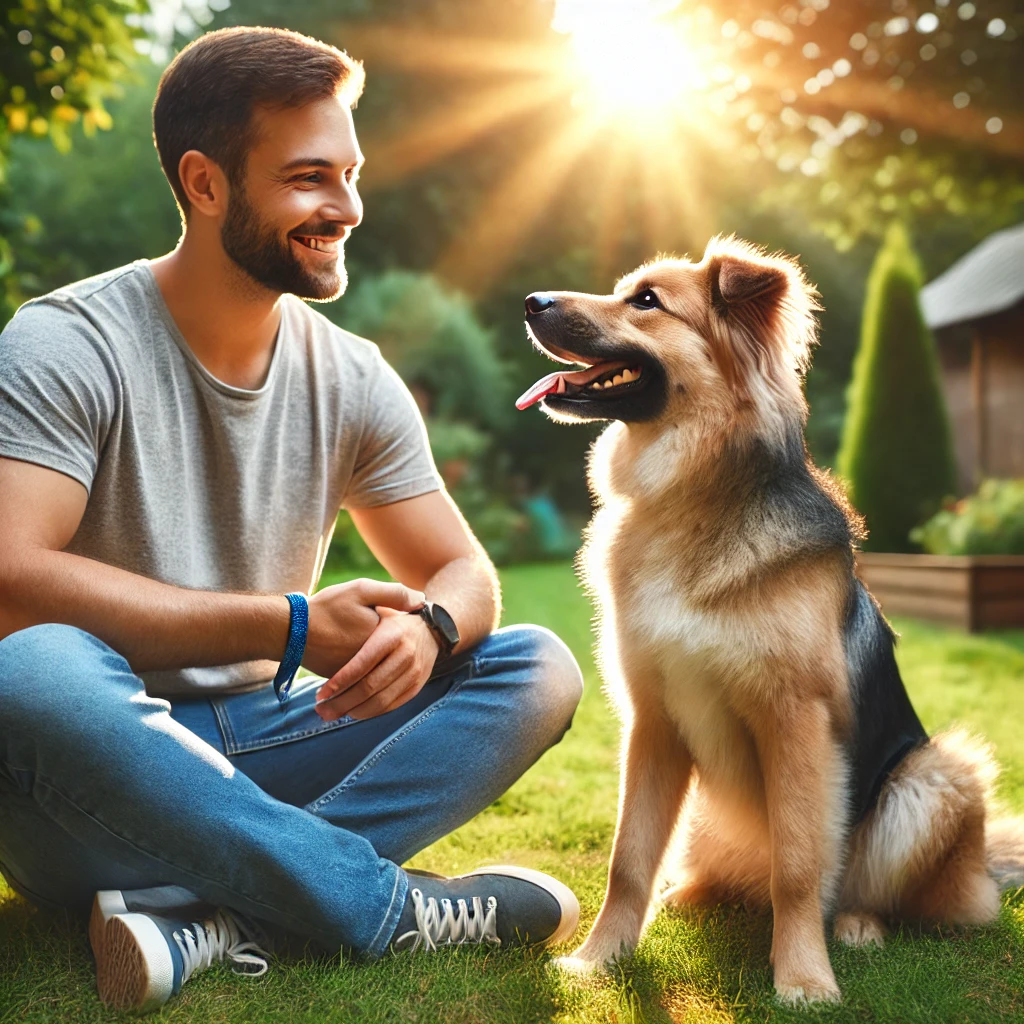Introduction
Bringing a new puppy into your home is an exciting and rewarding experience. However, along with the joy and cuddles comes the responsibility of training. Puppy obedience training is not just about teaching your furry friend to sit or stay; it’s about nurturing a well-behaved, confident, and happy companion for years to come. This comprehensive guide will walk you through everything you need to know about puppy obedience training, from understanding puppy behavior to advanced training techniques and troubleshooting common issues.
Early training is crucial as it helps establish good habits, prevents behavioral problems, and strengthens the bond between you and your puppy. Whether you’re a first-time dog owner or have experience with canine companions, this guide will provide valuable insights and practical tips to make your puppy training journey successful and enjoyable.
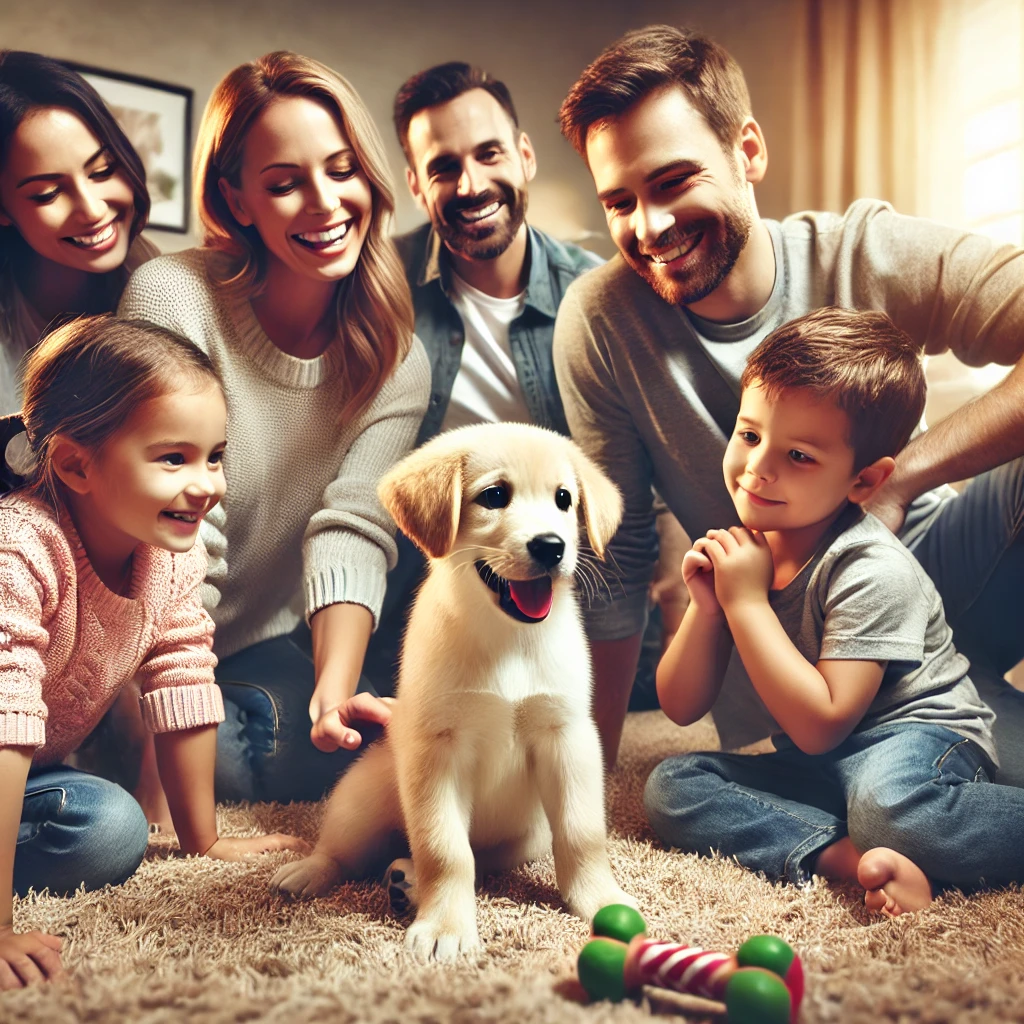
Understanding Puppy Behavior
Before diving into training techniques, it’s essential to understand why puppies behave the way they do. Puppies are naturally curious, energetic, and eager to explore their environment. This innate curiosity can sometimes lead to behaviors that we perceive as problematic, but are actually normal developmental stages for puppies.
Common Puppy Behaviors and Their Significance
- Biting and Nipping: Puppies use their mouths to explore the world around them, much like human babies use their hands. This behavior is normal but needs to be controlled early to prevent it from becoming a problem as the dog grows.
- Jumping: Puppies often jump on people as a way of greeting or seeking attention. While it might seem cute when they’re small, it can become a nuisance or even dangerous as they grow larger.
- Chewing: Puppies chew for various reasons, including teething discomfort, exploration, and sometimes out of boredom or anxiety. Providing appropriate chew toys can help manage this behavior.
- Barking: Puppies bark to communicate various needs or emotions, such as excitement, fear, or alertness. While some barking is normal, excessive barking needs to be addressed through training.
- Digging: Many puppies have a natural instinct to dig, which can be problematic if directed towards your garden or furniture. This behavior can often be redirected to appropriate outlets.
- Separation Anxiety: Puppies may experience distress when left alone, leading to behaviors like excessive vocalization, destructive chewing, or inappropriate elimination.
Understanding these behaviors helps you approach training with empathy and patience. It’s important to remember that your puppy isn’t trying to be “naughty” – they’re simply learning about their world and how to interact with it.
The Basics of Puppy Obedience Training
When to Start Training a Puppy
The ideal time to start training your puppy is as soon as you bring them home, typically around 8 weeks old. At this age, puppies are highly receptive to learning and can begin to grasp basic commands and house rules. However, it’s important to keep training sessions short and fun, as puppies have limited attention spans.
Essential Commands Every Puppy Should Learn
- Sit: Often the first command taught, “sit” is fundamental and can be used as a starting point for other commands.
- Stay: This command teaches impulse control and is crucial for your puppy’s safety.
- Come: Also known as “recall,” this command is essential for keeping your puppy safe and close by.
- Leave It: This helps prevent your puppy from picking up or eating something they shouldn’t.
- Down: Teaching your puppy to lie down on command can be useful in many situations.
- Heel: This command teaches your puppy to walk calmly by your side without pulling on the leash.
- Off: Use this command to teach your puppy not to jump on people or furniture.
Basic Puppy Commands and Hand Signals
This table can be added to the “Essential Commands Every Puppy Should Learn” section.
| Command | Verbal Cue | Hand Signal | Description |
|---|---|---|---|
| Sit | “Sit” | Palm up, move hand from nose to forehead | Puppy puts bottom on the ground |
| Stay | “Stay” | Open palm facing puppy | Puppy remains in position until released |
| Come | “Come” or “[Puppy’s name]” | Arms open wide | Puppy comes to you |
| Down | “Down” | Palm down, move hand from nose to ground | Puppy lies down |
| Leave it | “Leave it” | Hand out in “stop” gesture | Puppy ignores an object or distraction |
| Heel | “Heel” | Pat side of leg | Puppy walks close to your left side |
Using Positive Reinforcement in Training
Positive reinforcement is the most effective and humane way to train your puppy. This method involves rewarding your puppy for desired behaviors, which encourages them to repeat those behaviors in the future. Rewards can include:
- Treats: Small, soft treats that are easy to eat quickly
- Verbal praise: Enthusiastic words like “Good boy!” or “Yes!”
- Physical affection: Gentle pats or scratches in your puppy’s favorite spots
- Toys or play: A quick game with a favorite toy
The key to effective positive reinforcement is timing – the reward should be given immediately after the desired behavior to create a clear association.
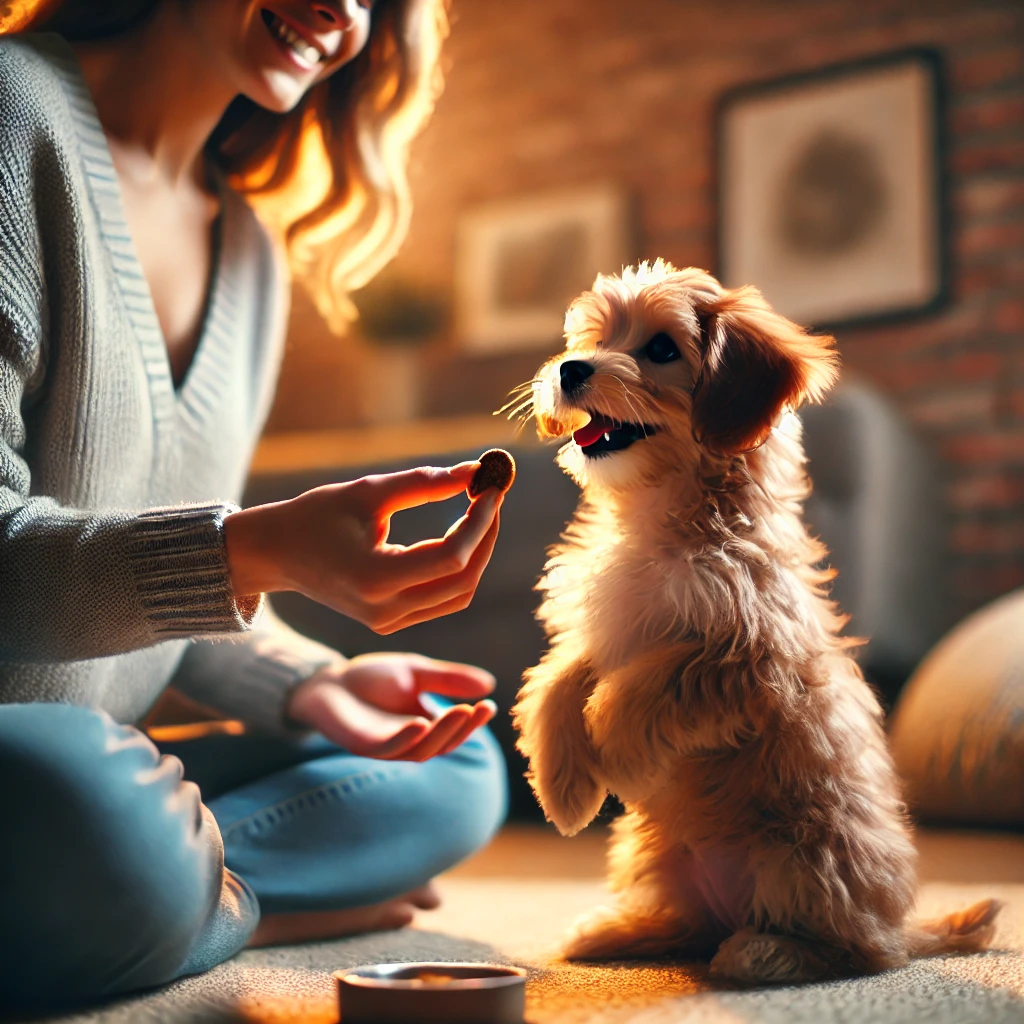
The Importance of Consistency in Training
Consistency is crucial in puppy training. This means:
- Using the same commands and hand signals each time
- Ensuring all family members use the same training methods
- Maintaining a regular training schedule
- Consistently reinforcing rules and boundaries
Inconsistency can confuse your puppy and slow down the learning process.
Developing a Puppy Training Schedule
Creating a structured training schedule helps maintain consistency and ensures your puppy gets the right amount of training without being overwhelmed.
Sample Daily Training Schedule
- Morning (15-20 minutes):
- Basic obedience practice (sit, stay, come)
- Short walk with leash training
- Midday (10-15 minutes):
- Play session incorporating training elements
- Practice “leave it” and “drop it” commands
- Afternoon (15-20 minutes):
- Socialization activities (if puppy is fully vaccinated)
- Practice more advanced commands or tricks
- Evening (15-20 minutes):
- Reinforce basic commands
- Calm activities to wind down before bedtime
Remember to incorporate training into daily activities and keep sessions short and fun to maintain your puppy’s interest.
Puppy Training Schedule by Age
| Age | Focus Areas | Training Duration | Frequency |
|---|---|---|---|
| 8-10 weeks | Socialization, Name recognition, Basic commands (Sit, Come) | 5-10 minutes | 3-4 times daily |
| 10-12 weeks | Leash training, Crate training, Housebreaking | 10-15 minutes | 3-4 times daily |
| 3-4 months | Basic obedience, Impulse control (Stay, Leave it) | 15-20 minutes | 2-3 times daily |
| 4-6 months | Advanced commands, Outdoor obedience | 20-30 minutes | 2-3 times daily |
| 6-12 months | Refinement of learned behaviors, Socialization with distractions | 30 minutes | 1-2 times daily |
Advanced Puppy Obedience Techniques
Once your puppy has mastered the basics, you can move on to more advanced training techniques.
Crate Training for Obedience and Safety
Crate training not only helps with housebreaking but also provides a safe space for your puppy and can aid in managing behavior. To introduce crate training:
- Choose an appropriately sized crate
- Make the crate comfortable and inviting with bedding and toys
- Introduce your puppy to the crate gradually, using positive associations
- Never use the crate as punishment
Leash Training for Walks and Outdoor Control
Proper leash training ensures enjoyable and safe walks for both you and your puppy. Start by:
- Letting your puppy get used to wearing a collar and leash indoors
- Teaching them to walk beside you in a quiet area
- Gradually introducing distractions
- Using positive reinforcement to reward good leash behavior
Common Puppy Behavior Issues and Solutions
This table can be added to the “Addressing Common Behavioral Issues” section.
| Behavior Issue | Possible Causes | Training Solutions |
|---|---|---|
| Excessive Barking | Attention-seeking, Fear, Boredom | Teach “Quiet” command, Increase exercise, Address underlying anxiety |
| Chewing | Teething, Boredom, Anxiety | Provide appropriate chew toys, Increase mental stimulation, Puppy-proof home |
| Jumping on People | Excitement, Seeking attention | Teach “Off” command, Reward “four on the floor”, Consistent enforcement by all family members |
| Pulling on Leash | Excitement, Lack of training | Use front-clip harness, Practice “Heel”, Stop walking when pulling occurs |
| Separation Anxiety | Fear of being alone, Over-attachment | Gradual alone time training, Provide engaging toys, Consider professional help |
Socialization: A Key Component of Obedience Training
Proper socialization is crucial for raising a well-adjusted dog. It involves exposing your puppy to a variety of people, animals, environments, and experiences in a positive way. This helps prevent fear and aggression issues later in life.
Socialization should include:
- Meeting different types of people (children, men with beards, people with hats, etc.)
- Encountering various animals (when it’s safe and your puppy is fully vaccinated)
- Experiencing different environments (parks, streets, cars)
- Hearing various sounds (traffic, appliances, thunderstorms)
Always ensure these experiences are positive and not overwhelming for your puppy.
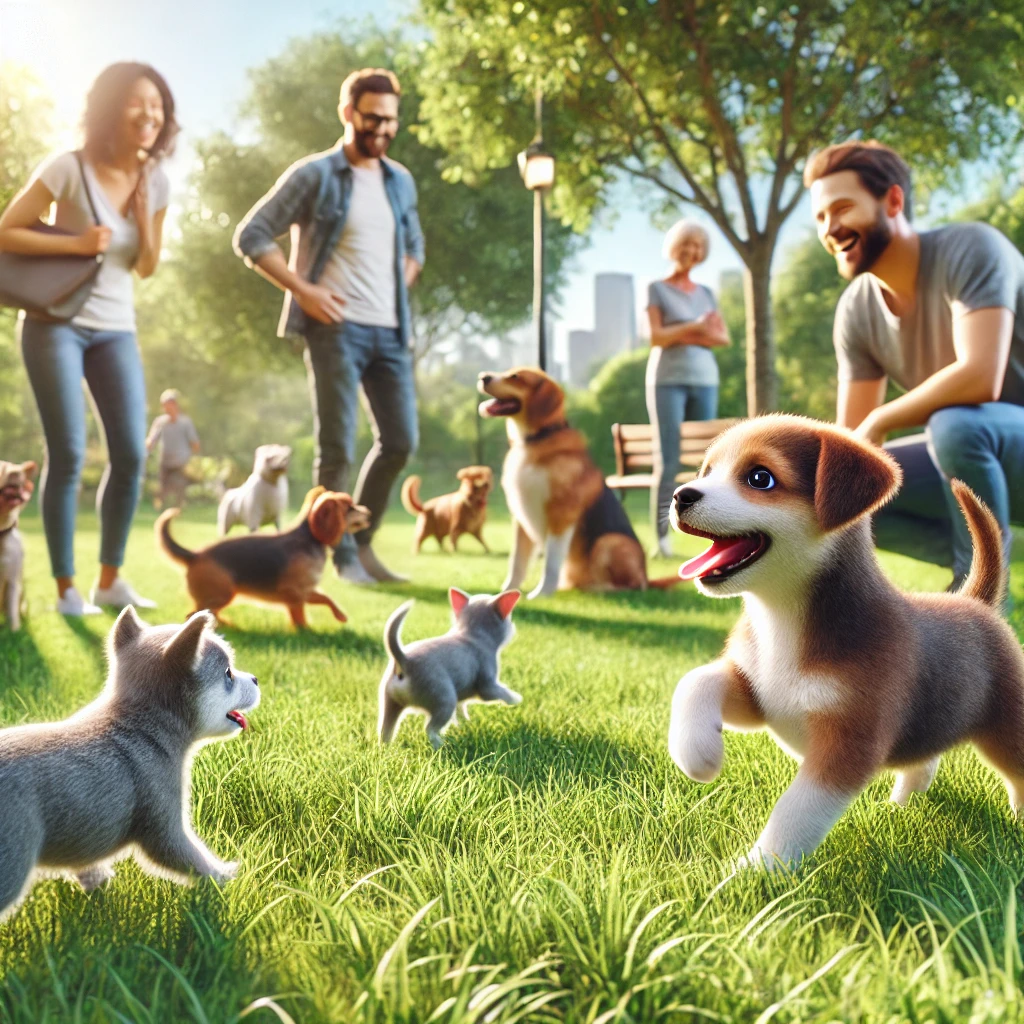
Addressing Common Behavioral Issues
Even with consistent training, puppies may develop behavioral issues. Here are some common problems and how to address them:
Excessive Barking
- Identify the cause (attention-seeking, fear, boredom)
- Teach the “quiet” command
- Provide mental and physical stimulation
- Avoid inadvertently rewarding barking behavior
Chewing on Inappropriate Items
- Puppy-proof your home
- Provide appropriate chew toys
- Use deterrent sprays on furniture
- Redirect chewing to appropriate items and praise
Jumping on People
- Teach and reinforce the “off” command
- Ignore jumping behavior and reward “four on the floor”
- Ask visitors to help reinforce no-jumping rules
Pulling on the Leash
- Use a front-clip harness or head halter
- Practice the “heel” command
- Stop walking when pulling occurs and resume only when the leash is slack
- Reward good leash behavior consistently
Tools and Resources for Effective Puppy Training
Recommended Training Tools
- Leashes: A 4-6 foot leash is ideal for training. Avoid retractable leashes during the training phase.
- Collars and Harnesses: Choose a flat collar or harness that fits comfortably. Avoid choke chains or prong collars.
- Clickers: Useful for marking desired behaviors precisely.
- Treat Pouch: Keeps treats easily accessible during training sessions.
- Long Line: A 15-30 foot leash for practicing recall in open areas.
Choosing the Right Training Treats
Effective training treats should be:
- Small and soft for quick consumption
- High-value (especially appealing to your puppy)
- Low in calories to prevent overfeeding
- Easy to carry and non-messy
Some good options include small pieces of cooked chicken, cheese, or commercial training treats.
Books, Online Courses, and Apps for Puppy Obedience
- Books:
- “The Puppy Primer” by Patricia McConnell
- “Perfect Puppy in 7 Days” by Sophia Yin
- “Zak George’s Dog Training Revolution” by Zak George
- Online Courses:
- Dunbar Academy (by Dr. Ian Dunbar)
- Fenzi Dog Sports Academy
- Karen Pryor Academy Online Courses
- Apps:
- Puppr: Offers step-by-step training instructions
- Dogo: Provides daily training plans and tracking
- CleverPet: Uses games to keep your puppy mentally stimulated
Working with a Professional Dog Trainer
When to Consider Professional Help
While many puppy owners can successfully train their pets at home, there are situations where professional help might be beneficial:
- Persistent behavioral issues (aggression, severe anxiety)
- Lack of progress despite consistent training efforts
- First-time dog owners who feel overwhelmed
- Desire to compete in dog sports or achieve advanced training goals
How to Choose the Right Dog Trainer
When selecting a professional trainer, consider:
- Certifications and qualifications (e.g., CPDT-KA, KPA CTP)
- Training philosophy (look for positive reinforcement-based methods)
- Experience with your specific breed or issues
- Client reviews and testimonials
- Observation of a class or training session before committing
What to Expect from Professional Obedience Classes
Professional classes typically offer:
- Structured curriculum covering basic to advanced commands
- Opportunity for socialization with other puppies and people
- Guidance on addressing specific behavioral issues
- Homework assignments to practice between sessions
- Q&A sessions to address individual concerns
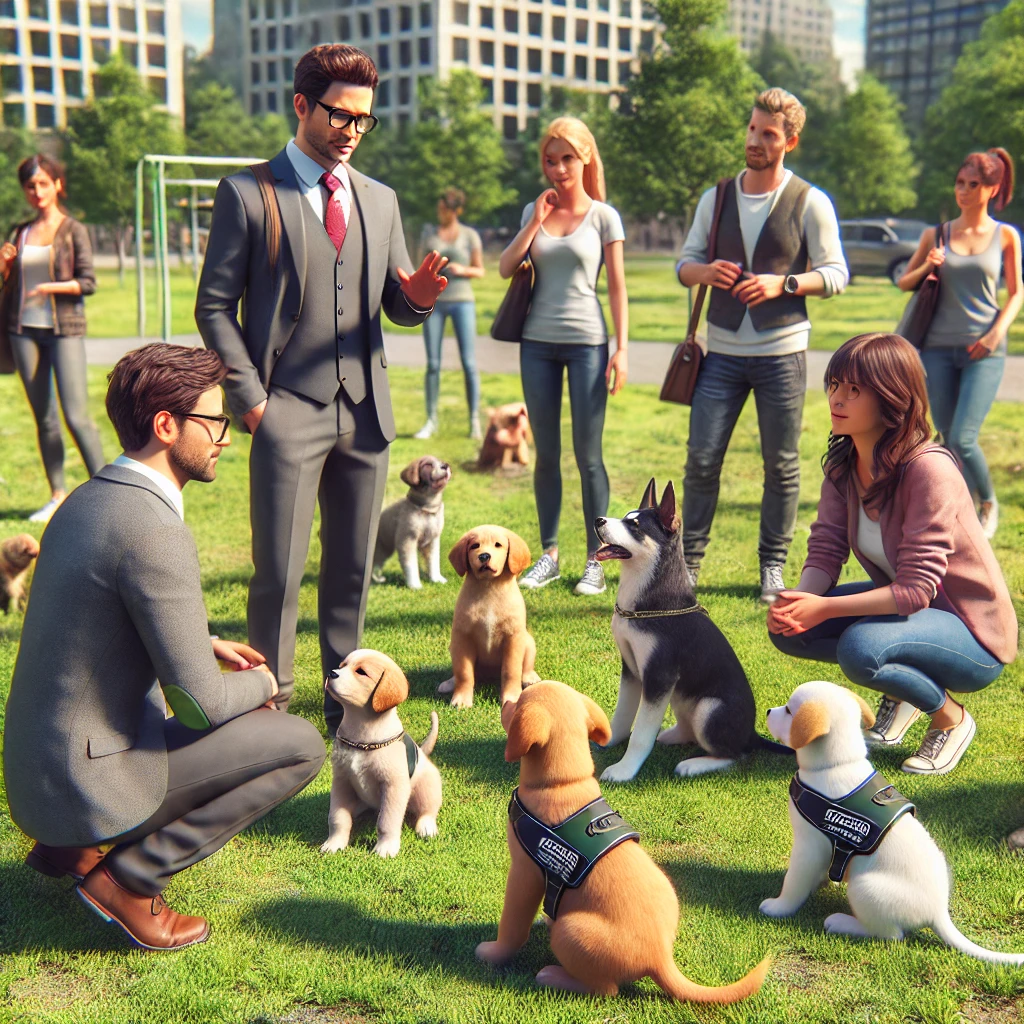
Real-Life Success Stories
Hearing about other dog owners’ experiences can be inspiring and motivating. Here are a couple of real-life success stories:
- Max the Labrador: Max was an energetic puppy who struggled with jumping on guests and pulling on the leash. Through consistent positive reinforcement training and professional classes, Max became a well-behaved companion who now works as a therapy dog in hospitals.
- Bella the Chihuahua: Bella had severe separation anxiety, destroying furniture when left alone. Her owners worked with a behaviorist to implement a desensitization program and crate training. After three months of dedicated work, Bella could comfortably stay home alone for several hours without distress.
These stories highlight the importance of patience, consistency, and sometimes professional help in overcoming training challenges.
FAQs About Puppy Obedience Training
Q: How long does it take to train a puppy?
A: The duration varies depending on the puppy and consistency of training. Basic obedience can typically be achieved in 4-6 months, but training is an ongoing process throughout a dog’s life.
Q: Can older dogs learn obedience commands?
A: Yes! While puppies may learn more quickly, older dogs can definitely learn new commands and behaviors with patience and consistent training.
Q: What if my puppy doesn’t respond to training?
A: If your puppy isn’t responding, consider:
- Reassessing your training methods
- Increasing the value of rewards
- Checking for any health issues that might affect learning
- Consulting a professional trainer for personalized advice
Q: How often should I train my puppy?
A: Short, frequent sessions are best. Aim for 3-5 sessions of 5-10 minutes each day, incorporating training into daily activities.
Q: Is it okay to use treats in training?
A: Yes, treats are an effective tool in positive reinforcement training. Gradually reduce treat frequency as behaviors become more reliable, replacing some treats with praise or play.
Conclusion
Puppy obedience training is a journey that requires patience, consistency, and a lot of love. By understanding your puppy’s behavior, using positive reinforcement techniques, and maintaining a consistent training schedule, you can help your furry friend grow into a well-mannered and happy adult dog.
Remember that every puppy is unique and will learn at their own pace. Celebrate small victories along the way and don’t get discouraged by setbacks – they’re a normal part of the learning process. With time and effort, you’ll build a strong bond with your puppy and enjoy the companionship of a well-trained dog for years to come.
Whether you choose to train on your own or with professional help, the key is to make training a positive and enjoyable experience for both you and your puppy. Happy training!
